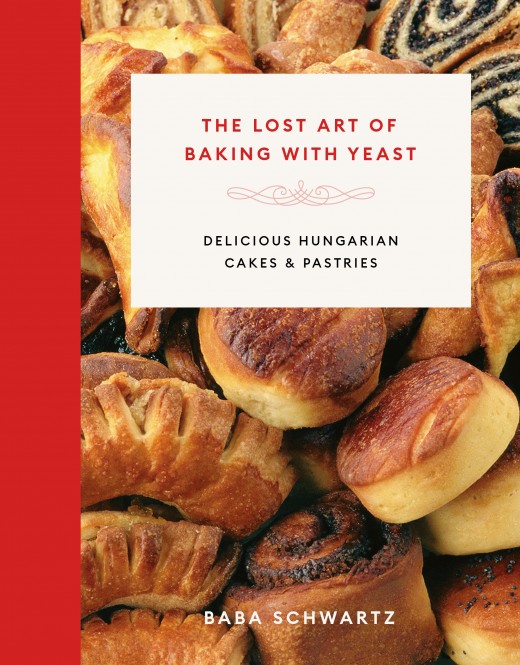News
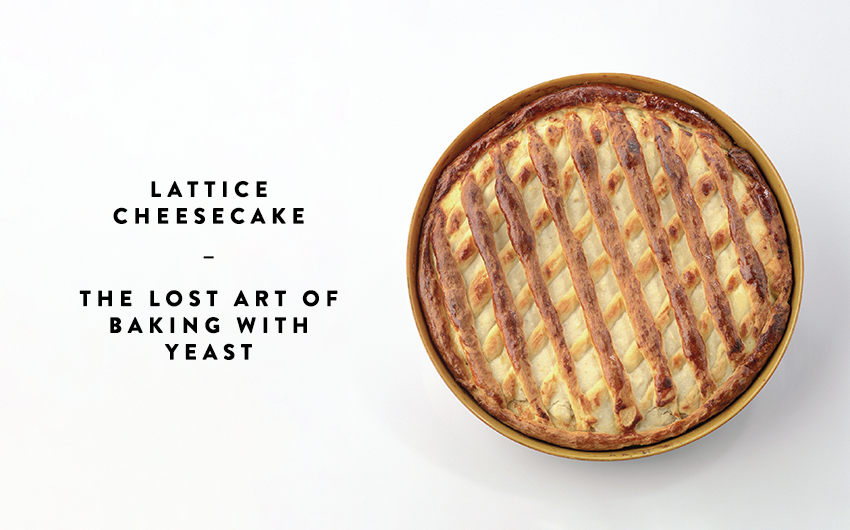
News >
Lattice cheesecake recipe: The Lost Art of Baking with Yeast
An irresistible cheesecake your family and friends will love, from the new edition of The Lost Art of Baking with Yeast.
Create delicious traditional Hungarian treats by mastering the art of working with yeast. Baba Schwartz shows how simple yeast baking can be and gives handy hints for kneading and proving dough to perfection. The book includes recipes for cakes, slices, pastries and buns – and this delicious lattice cheesecake.
Lattice Cheesecake
20 g fresh or 1 heaped teaspoon dry yeast
2 tablespoons warm water
pinch of sugar
80 g softened butter
80 g margarine, warmed 500 g plain flour
2 egg yolks
3 tablespoons caster sugar
¼ teaspoon salt
¼ cup warm milk
150 g sour cream, warmed
Filling
600 g cottage cheese
½ cup brown sugar
4 tablespoons sour cream
1 whole egg plus 1 egg yolk
2 tablespoons semolina or white breadcrumbs
grated rind of 1 lemon
apricot jam (optional)
½ cup white breadcrumbs (optional)
beaten egg white for glazing vanilla sugar (optional)
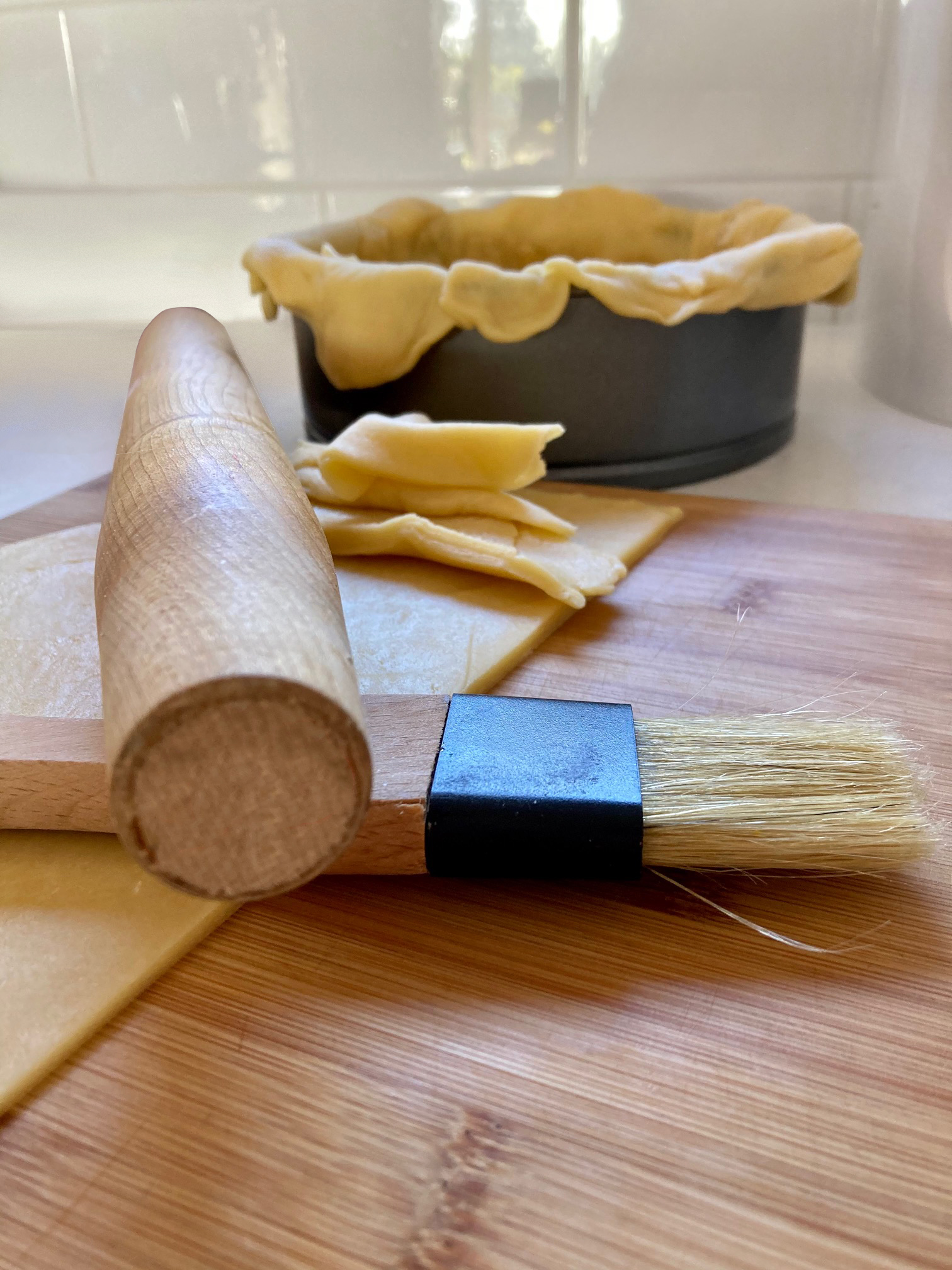
To make the dough, put the yeast into a small bowl and add the water and sugar. Leave to rise in a warm place for 8–10 minutes.
In a large bowl, work the butter and margarine into the flour with your fingers until it resembles coarse breadcrumbs. Add the risen yeast, egg yolks, sugar, salt, milk and sour cream, mixing well with your hand or a wooden spoon.
Knead for 6–8 minutes, bringing the dough in from the edges with your fingers and pushing it down into the centre of the bowl with your knuckles. Rotate the bowl with your free hand as you knead.
If the dough is hard to knead, add a little more warm milk until it reaches the desired consistency. It should be firm but elastic.
Cover and set aside to rise for 30–40 minutes in a warm-water bath.
While the dough is rising, make the filling.
Mix all the ingredients for the filling together in a bowl until thoroughly combined.
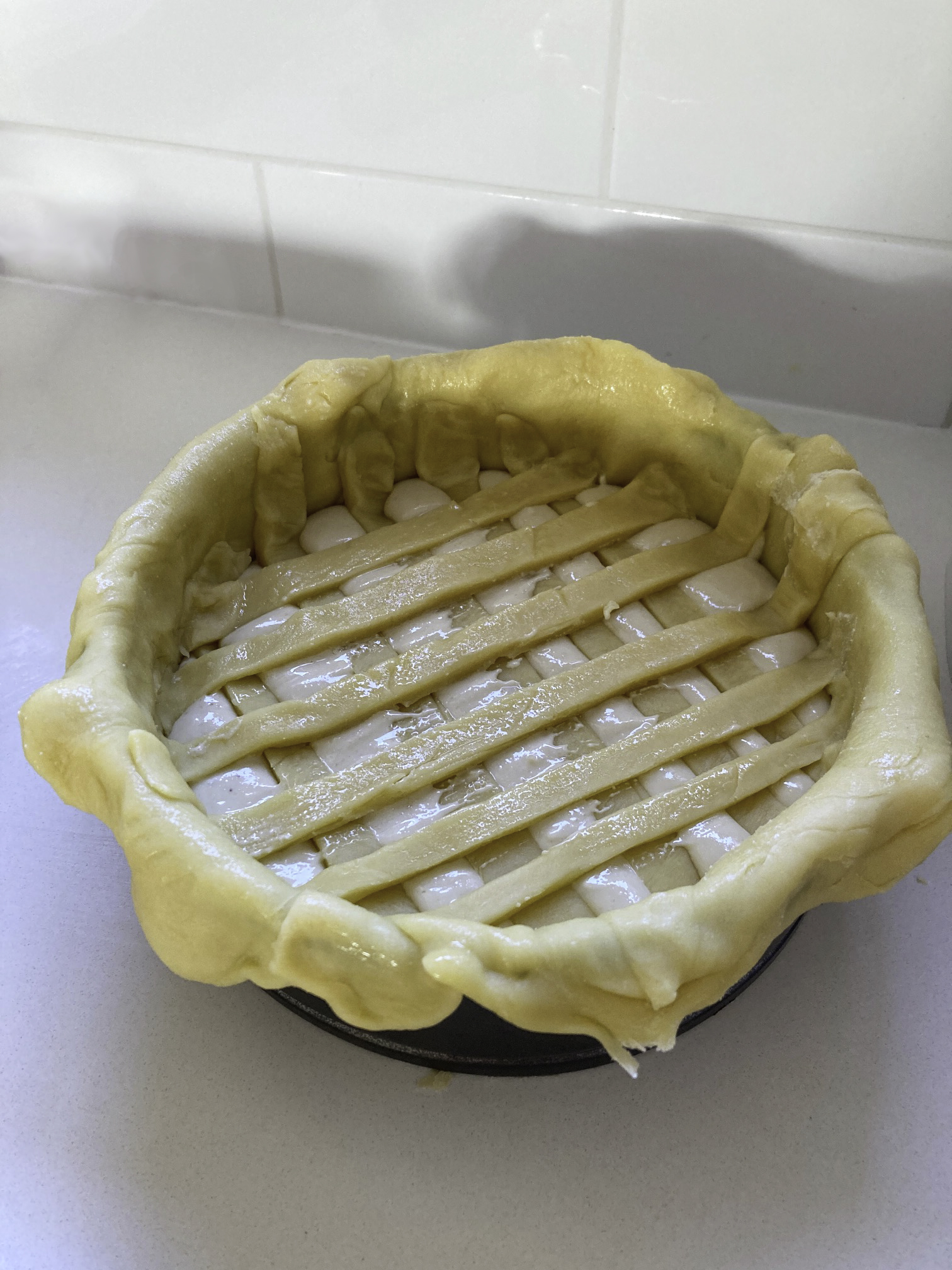
Preheat the oven to 200˚C.
Once the dough has risen, turn it out onto a floured work surface and knead it again. Using the heel of your hand, stretch it out. Bring the outer edges in towards the centre. Repeat this process, shape the dough into a ball, cover and set aside to rest for 30 minutes.
Pinch off one third of the dough.
On a floured work surface, roll out the dough to the shape of your baking tin (30 x 22 cm). Ease the dough into the pan, allowing it to come up high enough to contain the cheese filling.
If desired, brush the dough with some apricot jam and sprinkle with the bread- crumbs before filling with the cheese mixture.
Spread the cheese mixture evenly over the dough.
Roll out the reserved dough to a thickness of 5 mm. Cut strips with a fancy pie cutter and arrange them to form a lattice over the top of the filling. The lattice can also be formed using pencil-width rolls of dough instead of the strips.
If you prefer, you can simply roll out the remaining dough and drape it over the filling to form a closed crust, making sure that you join it to the bottom layer of dough by pinching the two edges together. Prick the crust all over with a fork to allow any steam to escape.
Glaze the top crust or lattice with the beaten egg white and bake for 40–50 minutes, rotating after 15 minutes to ensure even browning.
If desired, sprinkle the top with vanilla sugar.
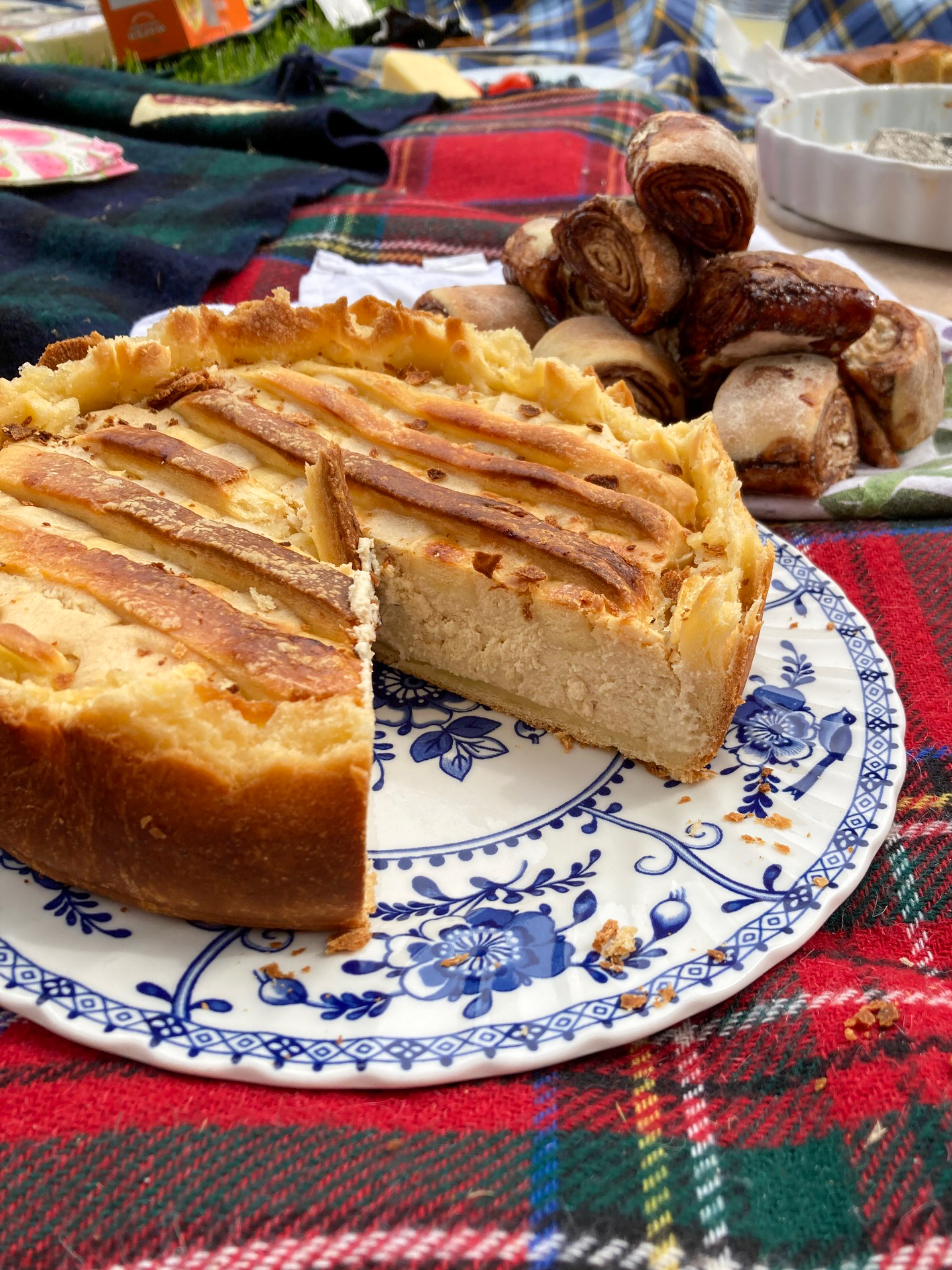
The Lost Art of Baking with Yeast: Delicious Hungarian Cakes & Pastries is in bookshops from 19 April.


